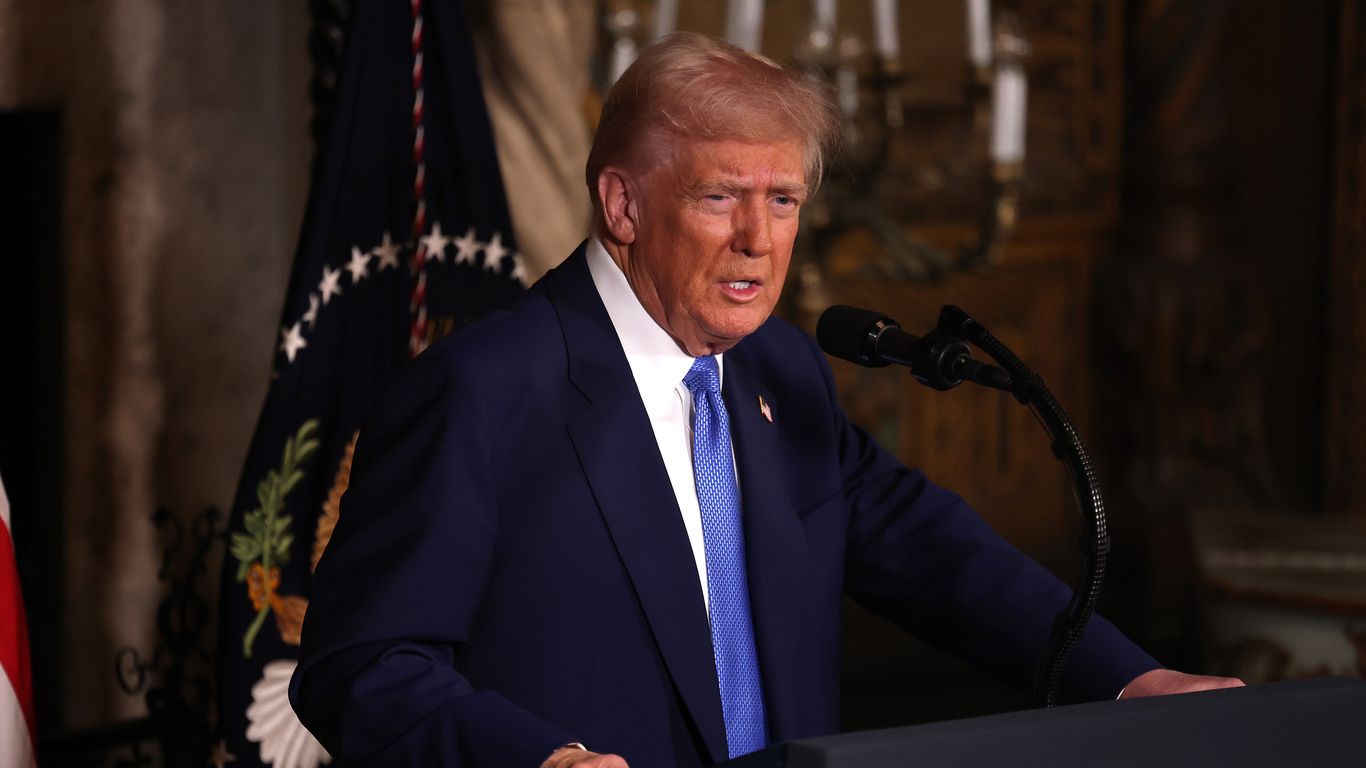
The White House is set to announce new measures on Thursday aimed at expanding access to in vitro fertilization, potentially featuring most favored nation pricing for fertility drugs, according to sources familiar.
Why it matters: The effort would combine two Trump priorities: lowering drug prices and making IVF treatment more affordable.
- The procedure is often not fully covered by insurance, with roughly a quarter of employers reporting coverage of IVF for their workers.
Context: In February, Trump ordered policy recommendations to reduce the costs for accessing IVF, which can range from $12,000 to $25,000 per cycle.
- Trump has allied himself with “pro-natalist” policies to encourage a new baby boom and endorsed assisted reproductive services in March when he called himself the “fertilization president.”
- But the administration’s involvement has spurred anti-abortion conservatives to call for new guardrails that could greatly limit the use of the treatment.
How it works: The procedure is politically fraught, because IVF generally involves the creation of more human embryos than are needed, in order to improve the odds of a pregnancy.
- Many surplus embryos are discarded — a practice some anti-abortion forces liken to assisted suicide and abortion.
- The February order didn’t address Trump’s campaign promise to mandate that the government or insurance companies cover the cost of IVF for “all Americans that need it.”
Trump has been demanding commitments from big drugmakers to lower their U.S. prices by committing to a “most favored nation” policy he laid out in a May executive order.
- So far, the administration has struck deals with Pfizer and Astra Zeneca.
Editor’s note: This is a developing story. Please check back for updates.
Disclaimer: This news has been automatically collected from the source link above. Our website does not create, edit, or publish the content. All information, statements, and opinions expressed belong solely to the original publisher. We are not responsible or liable for the accuracy, reliability, or completeness of any news, nor for any statements, views, or claims made in the content. All rights remain with the respective source.
